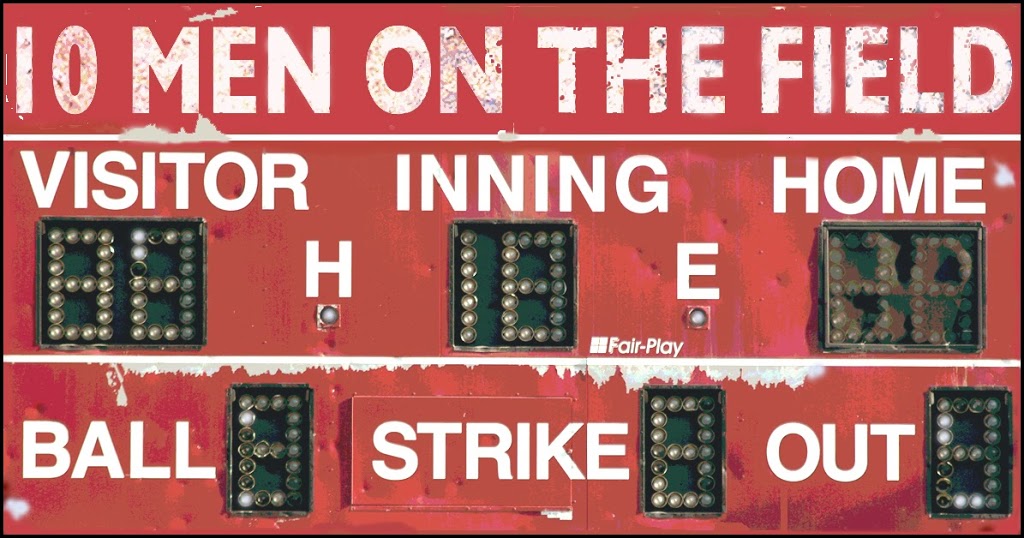As a marketing coach, my favorite question to ask someone is, what does success look like? You wouldn’t play a game of baseball without keeping score, so why should business be different?
This question helps me understand motive and needed actions. It defines how we will keep score. It shines a light on progress and where the finish line will be and it creates a clear equation.
In my business, I will consider myself successful if _____________ happens by _____________(date).
Or, I am starting this marketing project in order to achieve the following _____________. I will measure success if I can do this ________________ by this date___________.
Not very complicated but it requires a lot of soul searching and inward thinking. Why are you running this business? What is your motive? Where do you want to take the brand, product or service? Is this a lifetime project or something you want to sell quickly?
Is money the goal?
Is celebrity the goal?
Is a new opportunity the goal?
Are you trying to raise awareness?
Are you trying to change a perception?
Is the goal to get customers to switch?
Are you trying to raise awareness?
Are you trying to change a perception?
Is the goal to get customers to switch?
How will you know you have won the game?
This also applies as a great career question when starting a new job. How exactly will you know you are successful and does that align with the people who may judge you?
I always start with the end in mind.
Who will evaluate success? Whose opinion matters most? If I know their metric, score keeping or KPI (key performance indicator), then I can focus on achieving that as part of the goal.
Here are five examples of how I have measured success during the last year.
EVENT MARKETING:To make our conference successful, we need to have at least 10 senior brand executives from our top strategic customer accounts attend our forum and be activity engaged with us for five hours each. So success is 50 hours of time spent with senior leadership.
EMAIL CAMPAIGN:Our conversion rate on our email campaign must generate 4 times gross revenue as the program cost. Simple math: the campaign cost $10,000 and we must generate $40,000 within 8 months from the start of the project.
PUBLIC RELATIONS OUTREACH: In the coming three months, at least 25 articles online or in print must appear mentioning our new product launch from targeted publications with a reach exceeding 1,000,000 readers in total.
WEB ANALYTICS:Traffic to our new website must increase 15% year over year and with a 25% increase in the time spent on the site by new visitors.
LEAD GENERATION:We must generate at least 50 news leads each at the two new trade shows and those leads, over six months will create at least twice the revenue as the cost of attending the events.
Note that each metric or KPI (key performance indicator) include a specific number that we can measure. And, these goals were established by marketing with input from sales, finance and other engaged colleagues. I do this for several reasons but when I report out our progress at the end of the quarter to our general management team, everyone has already agreed what success looks like and I can share if we achieved our goal.
Not everything can be quantified but often that is because we get lazy and we just say, “I know what it will feel like if we are successful.” That just doesn’t cut it anymore. Well-defined success parameters help build marketing credibility internally which boasts confidence on those riskier activities.
Entrepreneurs and small businesses get to decide these things on their own. It’s a fundamental question that everyone should ask before their doors open for business or before starting a new marketing project.
How do you measure success at what you do?
__________________
Need a marketing coach? You can hire me through Clarity to provide advice about marketing for your new product, business or service. I donate 100% of your fee to charity. So far I have donated almost $400 to Charity: Water.
Just follow the link for some Clarity.







